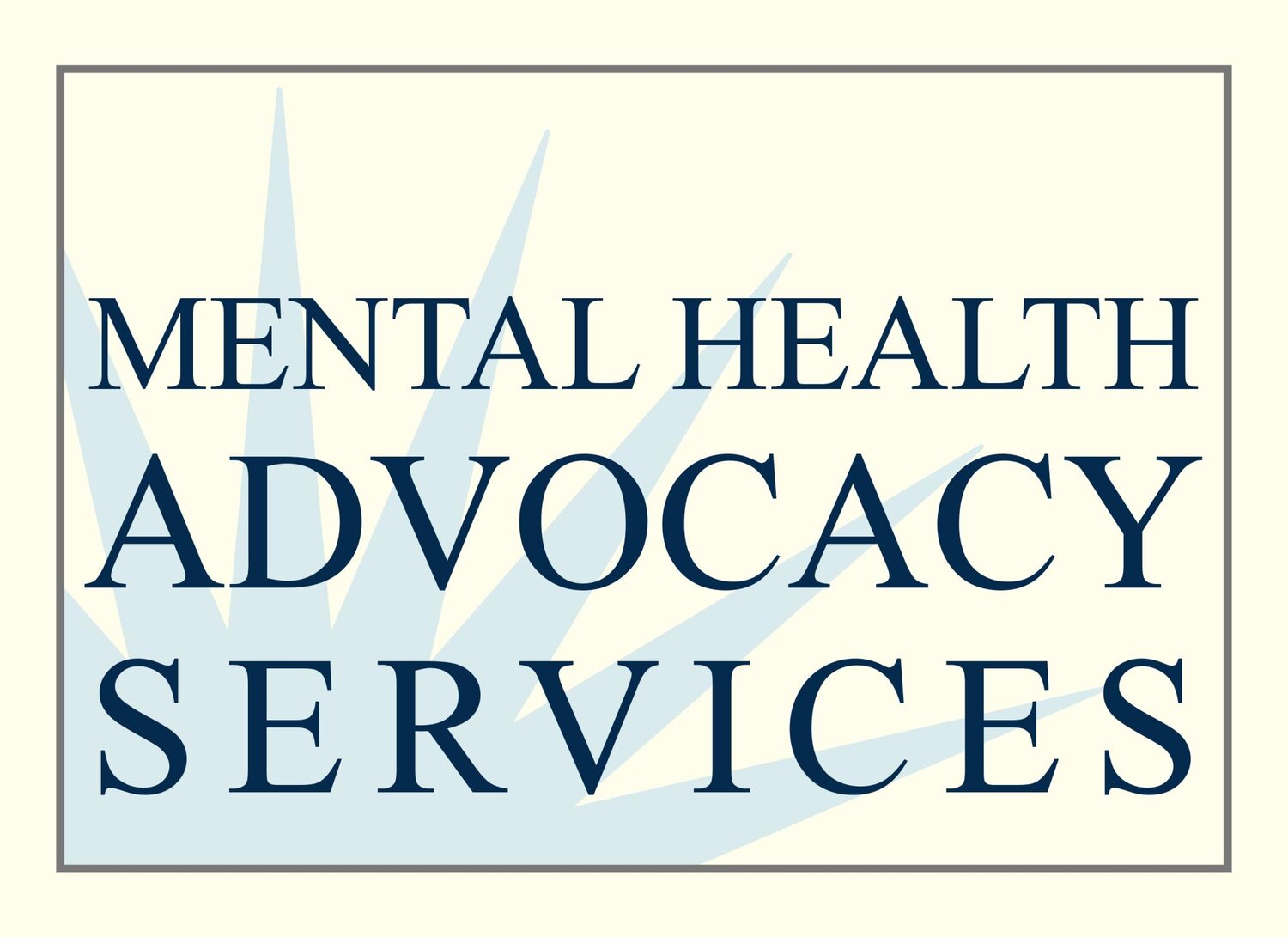Is Restorative Justice Working?
by Tanya FranklinTanya Franklin is UCLA School of Law’s inaugural Education Law Public Service Fellow at MHAS.
After six months of implementation at Roosevelt High School and four months at Markham and Gompers Middle Schools, it’s time to start asking: Is restorative justice (RJ) working?If you ask principals, teachers, counselors, service providers, RJ Coordinators, and/or students who have participated in circle (whether community building, issue or harm circles), the resounding answer is YES. As the evaluator and monitor of the program this year, my job is to uncover the numbers and stories that back up that emphatic YES.The stories are easy to capture; I have pages of notes from interviews and focus groups that praise the culture shift being led by RJ. Several students from each of the three schools have told me that if it weren’t for a harm circle they participated in, they definitely would have fought another student and then been suspended. Others have said that community building circles have helped them open up and actually get to know their classmates. Teachers have said their own training helped them feel a transformative sense of belonging to their school community, changing their perceptions of the work environment and of each other. Counselors have commended the outcomes of referrals to the RJ Coordinator and noticed an improvement in student behavior. One teacher noted that a student wrote about “bringing her best self” in an English essay – a phrase she learned from circle.What is trickier to understand is the numbers behind the progress. When proposing a grant for this work, the Partnership stated lofty goals: they would reduce suspensions by 50%, increase attendance by 7%, and increase academic achievement by 4%. The latter goal is a part of everything teachers and school leaders work towards, but is near impossible to accurately measure this year with the shift to Common Core State Standards and no-stakes Smarter Balance Assessments. Attendance is slightly improving at one school, but struggling at two others (for reasons still to be uncovered). And what about suspensions? That’s what everyone wants to know. Suspensions are in fact dramatically reducing at one school and slightly reducing at the others. Year-end data will confirm if the schools have met their suspension goals, but I’ve come to see that suspension data is not actually the most viable indicator in the first year of a program.When the implementation team of this project first met, we discussed reduced suspensions, increased attendance and improved academics as long-term goals of an improved school climate. However, in year 1, these numbers don’t capture the great work that’s being accomplished. We need to look at other numbers.In year 1, we should celebrate the number of students who know about the circle agreements and are improving their social-emotional intelligence. (Currently this number is in the hundreds at each of the three schools.) We should praise the number of students who have participated in harm circles and avoided physical fights and exclusionary punishments. (Currently this number is in the dozens at each of the three schools.) We should celebrate the number of teachers and staff members who have been trained in community building circles and are on their way to strengthening relationships in their classrooms. (Currently this number is almost 50% of one school staff and nearly 20% at the other two schools.) And ultimately in year 1, we should celebrate the number and stories of students, teachers, administrators, staff members, family members, and community members, who are shifting their understanding of school discipline away from exclusionary practices and harsh consequences to instead focusing on the positive supports of respect, relationships and responsibility – the three R’s of RJ.So, is restorative justice working after a few months of implementation? I believe that it is, if we listen to the real stories and look at the right numbers.
